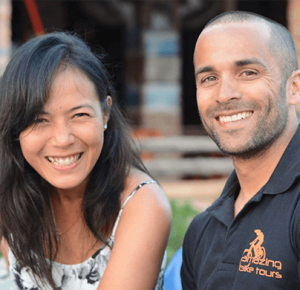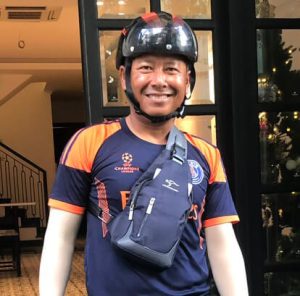Bhutan – Getting to know Phobjikha Valley
They call it the Valley of the Cranes. A wide, bowl-shaped glacial channel situated almost 3,000 metres above sea-level, sown with tiny rural villages. To the east, the imposing Black Mountains; to the south, the Jigme Singye Wangchuck National Park. The floor and lower slopes of the valley are thick with rhododendron, maple and blue pine draped with lichen, which the locals know as ‘old man’s beard’. As tranquil as it is picturesque, the Phobjikha Valley plays host every winter to one of the most venerated natural rituals in the Himalayas.
Bhutan Phobjikha Valley Travel Guide
Time seems to slow almost to a standstill as you head into Phobjikha Valley. The area, also known as Gangtey after the monastery here, remains largely undeveloped and sparsely populated. Electricity only arrived in the last few years, and in the evenings bedrooms are still heated with open fires. A journey out here is a chance to immerse yourself in a traditional lifestyle that’s gone on practically undisturbed for centuries.
Villagers – apple-cheeked from the thin oxygen at this altitude – farm their potatoes in patchwork fields. Much of the marshy land here is covered by dwarf bamboo, and the plants are grazed down to stumps by horses, cattle, yaks and onyx guarded by keen-eyed nomadic shepherds. At its most charming in the spring months, the Valley hibernates during winter beneath a blanket of pearly-white snow, and temperatures can drop precipitously. Many locals decamp for Wangdue Phodrang, at a lower elevation, but not before the 12th November. That’s the date of the Crane Festival, heralding the annual arrival of the magnificent Black-Necked Crane, which migrate here to escape the freezing Tibetan Plateau.
Farmers believe the arrival of the cranes promises a good harvest. Others see in them the souls of long-departed lamas returning to their spiritual home at the Gangtey Goemba. The children just love to dress up in their homemade crane costumes and imitating their loud honks. Conservation efforts have been very successful in expanding the crane population, not least because the birds are celebrated across Bhutan in song, dance and folklore as a symbol of peace and longevity. They are the reason why the marshes are not drained, why the electricity cables had to be buried underground, and why many travellers are drawn to the Phobjikha Valley during winter.
What to do in Phobjikha Valley
The Gangtey Goemba is an imposing and elaborate monastery, built in the 17th century and commanding impressive views over the valley. Novice monks play football and marbles in the courtyard, while inside the goemba stand five temples surrounding a central tower, and a main hall supported by vast wooden pillars. The goemba’s murals, relics and treasures hold great significance to Buddhists, and it is also the venue for a popular annual tshechu (Bhutanese festival), with masked dances a highlight.
Phobjikha Valley plays host to nearly 500 Thrung Keh Narp (the Bhutanese name for the Black-Necked Cranes) between between late-October and the end of February every year. You can watch the birds from a hide on the Gangtey Nature Trail, or through powerful telescopes at the excellent RSPN Crane Centre. The information centre is worthy of a visit even if your stay doesn’t coincide with the crane’s migration, with interesting facts on the birds’ habitat and behaviour, as well as details of conservation strategies.
Around the Phobjikha Valley
When compared to the Gangtey Goemba, the Nyelong Dechenling may seem rather nondescript, but don’t be put off! This charming little chapel, built in the 14th century, is a treasure trove of religious iconography and fascinating relics, including a fossilized elephant tooth. At the base of the hill there are a couple of sacred springs where you can fill up your bottle with holy water, which some believe can cure epilepsy and paralysis.
One of the oldest monasteries in Bhutan, the Kumbhu Lhakhang serves as a peaceful meditation retreat. Reached via a dirt road which can be treacherous during the heavy summer rains, this modest building is unique in that not only is it a significant Buddhist shrine, but it also has a statue of Sipey Galmo, a deity of the ancient Bon religion.
Mystic nature
The Black-Necked Cranes have a curious habit of circling the Gangtey Goemba three times when they arrive, and again when they leave.
Got your binoculars packed? Several other species of endangered wildlife can be observed around the Phobjikha Valley, including Himalayan black bear, red fox and even the occasional wary leopard. The most noisome are the barking deer, which also have a tendency to strip bark from the trees.
Speak to someone who's been there

Bhutan Tours ⟩ Phobjikha Valley
Bhutan Tours ⟩ Paro
Bhutan Tours ⟩ Thimphu
Bhutan Tours ⟩ Punakha





